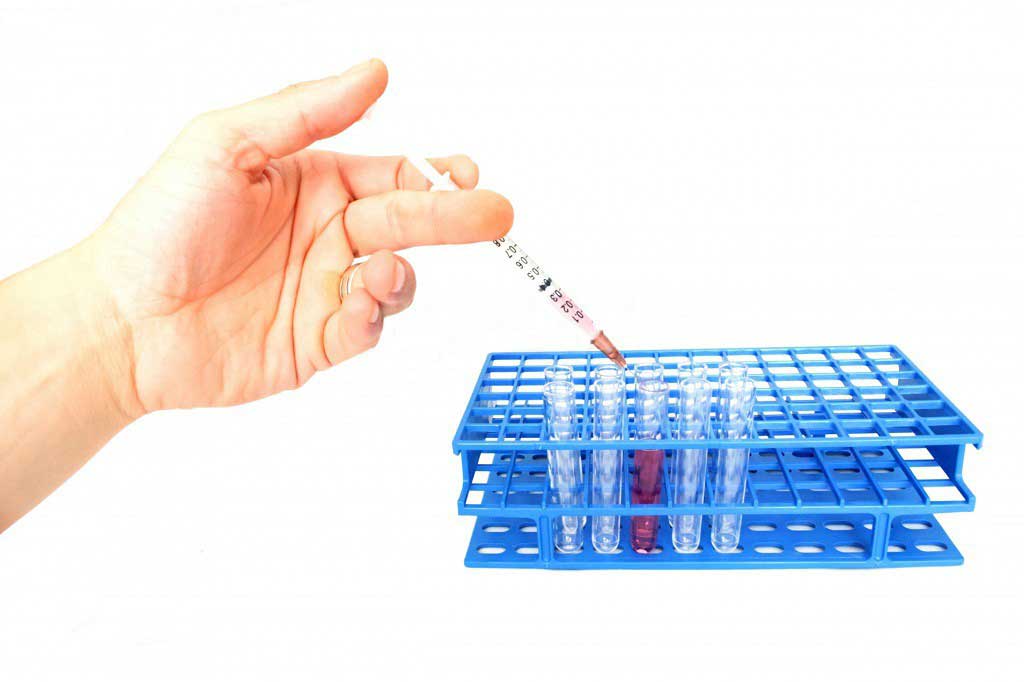Pulmonary embolism
Introduction
A pulmonary embolism is a blockage in the pulmonary artery, the blood vessel that carries blood from the heart to the lungs.
This blockage usually a Arterial thrombosis is potentially life-threatening because it can prevent blood from reaching your lungs.
The symptoms of a pulmonary embolism can sometimes be difficult to recognise because they can vary between individuals. However, the main symptoms include:
- chest pain a sharp, stabbing pain that may be worse when you breathe in
- shortness of breath which cancome on suddenly or develop gradually
- coughing this is usually dry, but may include coughing up blood or mucus that contains blood
- feeling faint, dizzy or passing out
You should visityour GPas soon as possibleif you have a combination of these symptoms.
If your symptoms are particularly severe, dial 999 immediately and ask for an ambulance.
DVT can occur for no apparent reason, but it often develops after long periods of inactivity, such as during a long-haul flight or if you're ill in hospital.
DVT can also occur during pregnancy or asa result ofsome medical conditions, such as cancer or heart failure , or ifthe wall of a blood vessel becomes damaged.
However, an accurate diagnosis is important because treating a pulmonary embolism isn't always easy and the treatment used can cause side effects.
Anumber of tests can help determine whether you have a pulmonary embolism or rule out other causes of your symptoms. For example, you may have a chest X-ray or tests to check how well your lungs are working.
These stop theblood clot getting bigger while your body slowly reabsorbs it, andreduce your risk of further clots developing.
If you're diagnosed with a pulmonary embolism, you'll usually be given regular anticoagulant injections for about fivedays to begin with.You'll alsobe prescribed an anticoagulant tablet called warfarin to take for several months.
As part of your treatment, you'llneed regular blood tests to check that the dose of warfarin you're receiving is correct. If the dose is too high you may experience bleeding and if it's too low you may have further blood clots.
Keeping mobile will also help you maintain good blood circulation and prevent further blood clots forming.
These include:
- taking anticoagulant tablets, such as warfarin
- wearing compression stockings or using compression devices
- avoiding long periods of inactivity
- leading a healthy lifestyle, such as giving up smoking (if you smoke) and eatinga healthy, balanced diet low in fat and including plenty of fruit and vegetables
.
Introduction
Find out what a pulmonary embolism is and what causes it, plus how it's diagnosed, treated and prevented.
Symptoms
Read about the possible symptoms of a pulmonary embolism, including chest pain, shortness of breath and coughing.
Causes of pulmonary embolism
Read about the possible causes of pulmonary embolism. Three of the main causes are inactivity, blood vessel damage and having blood that clots too easily.
Diagnosing pulmonary embolism
Diagnosing a pulmonary embolism can be difficult because the signs and symptoms vary between individuals and are common to many other conditions.
Treating pulmonary embolism
Read about how pulmonary embolisms are treated using anticoagulant medicines and, occasionally, surgery to remove the blockage.
Preventing pulmonary embolism
Find out how to prevent blood clots if you're at risk of developing them, such as taking anticoagulants, wearing compression stockings and increasing your mobility.







 Subscribe
Subscribe Ask the doctor
Ask the doctor Rate this article
Rate this article Find products
Find products